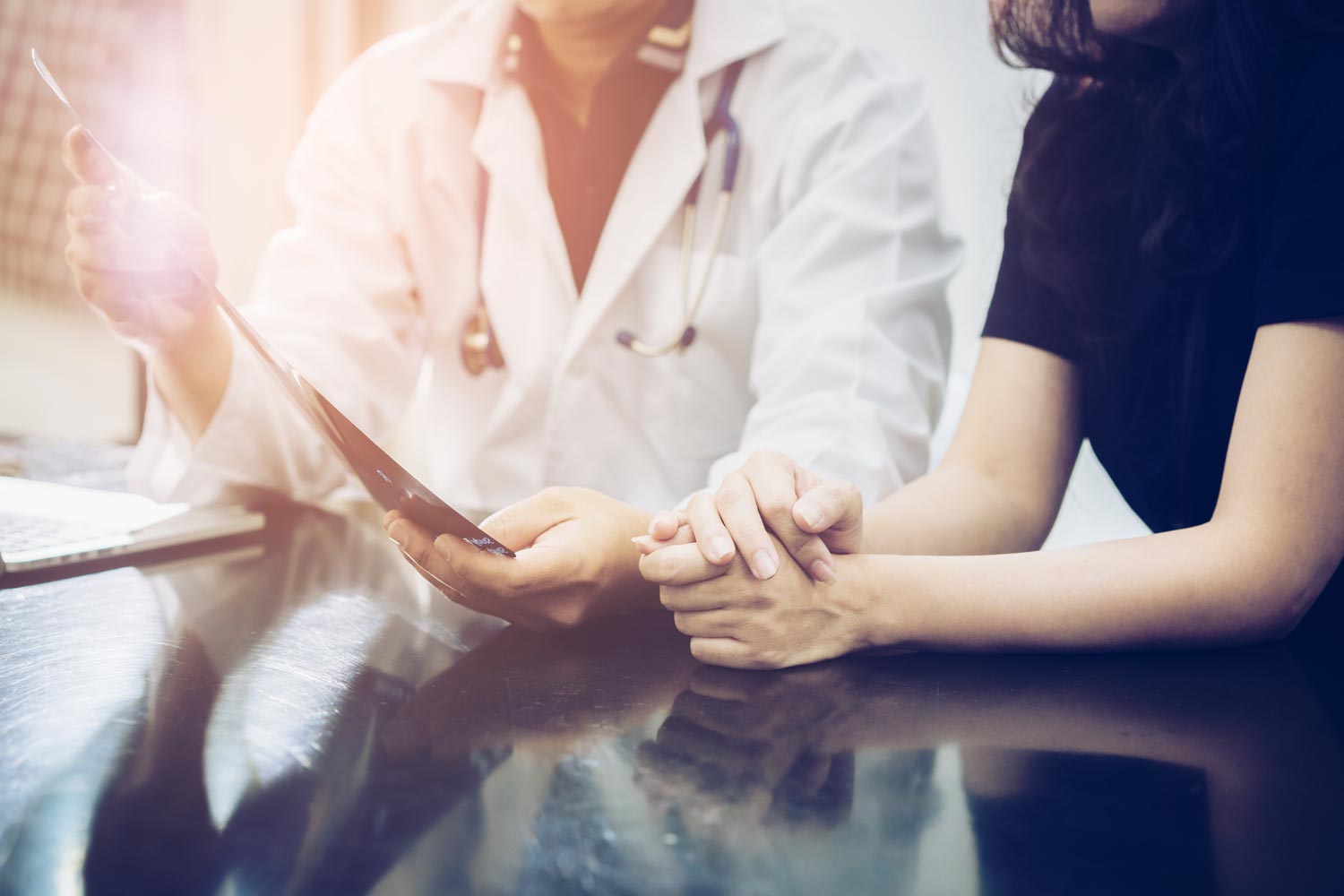It isn’t taught. It isn’t tested. But certain professions require it for best practice. Some people seem to be good at it, even if they don’t consciously know what it is.
It is what enables a teacher to reach a troubled teen, or a doctor to get patients to admit their problems.
“It” is a way of connecting with, or creating relationships with, people who are patients, clients or students, making them feel that their doctors, therapists or teachers can be trusted because they know them and understand them.
University of Virginia sociologist Allison Pugh wants to know more about “it” – what she is calling “connective labor” – and what happens when business pressures of efficiency and standardization lead organizations to ignore it, underestimate the time it takes to do it well, or increasingly replace it with automation and artificial intelligence.
“Connective labor is being automated, and we don’t even know what we’re automating,” Pugh said. “It’s important for social intimacy,” she said of making connections in professions including medicine, therapy and teaching. She doesn’t object to all standardization or automation, but warned, “We’ve gotten ahead of ourselves.”

Sociologist Allison Pugh is researching what automation and apps are imitating from work relationships in certain professions. (Photo by Dan Addison, University Communications)
Occupations where a trusting relationship can make the difference between success and failure are under stress because the “connective” part is invisible, and it’s not acknowledged or honored, Pugh said. She received a $205,000 grant from the National Science Foundation earlier this year for her research project, “The Last Human Job?: Systematizing Connective Labor.”
She delved into this ongoing research last year while a fellow at Stanford University’s Center for Advanced Study in the Behavioral Sciences. Pugh interviewed and observed teachers, doctors, therapists and other related health care professionals in action. She looked for similar characteristics across these kinds of fields, and analyzed if building relationships came up in training.
Relationships are important in a wide range of jobs, Pugh says, and her research is expanding to include workers such as hairdressers, sex workers and funeral directors. She makes a distinction between work where the professional relies on the particular knowledge they have of the client or patient to do a good job – say, a home health care aide – and service jobs, such as store clerks or restaurant servers who act in a friendly manner to make customers feel good and spend more money.
Those whose work includes connective labor are feeling besieged, she said. More than 50 percent of physicians report being burned out because they don’t have enough time with their patients and have to spend too much time on automated processes, she said.
One doctor put it this way: “If my patients don’t know me and trust me, they won’t tell me things they’re ashamed of or afraid to face.”
Every time she gives a presentation about her research, Pugh said people come up to her afterward to say she is describing their work and they are frustrated that it’s not recognized. They have less time for things like listening and reflecting to create human connections, they say.

Pugh also examined the increasing role of mobile apps and automated technology in assisting with or even replacing human relationships in those professions. In an article in the New Yorker several months ago, Pugh considered a surprising finding: people are often more honest in disclosing information to computers than they are when talking to a person asking the same questions.
That suggests there might be real value to bringing computers into arenas where people feel more shame, Pugh noted, such as therapy apps, or apps to help people manage their chronic health problems. However, she pointed out some concerning downsides. She asks: Is it always helpful to avoid feeling shame? Therapists told her that patients or students “come with behaviors they’re ashamed of, and they need the [personal] connection to work through feelings like that,” she said.
In addition, while motivational programs promote healthy activities or reduce anxiety, for example, without a relationship there to help motivate users, people have some trouble following through, she pointed out.
Although engineers and computer programmers believe their apps and websites can help these professions by automating questionnaires, motivational programs and other tasks, these efforts are sometimes based on assumptions that are faulty, incomplete or uninformed, Pugh said. The makers of these kinds of programs often rely on arguments like “it’s better-than-nothing,” she said.
However, it could actually be worse for some people. Research suggests that having a bond of connection or relationship seems to be more important for less advantaged people, including low-income clients or students, and yet, paradoxically, these groups are more likely to experience automation and standardization, as organizations deploy these processes to “scale up” connective labor to save money.
Pugh is still exploring what happens during episodes and experiences of connective labor. She is looking for pairs of professionals and patients or clients to interview, she said.
“I want to make this work visible, to save it,” she said – and that means identifying best practices, making them part of training and rewarding people for using them.
Media Contact
Article Information
September 24, 2018
/content/what-happens-when-our-most-trusted-professional-relationships-get-automated

